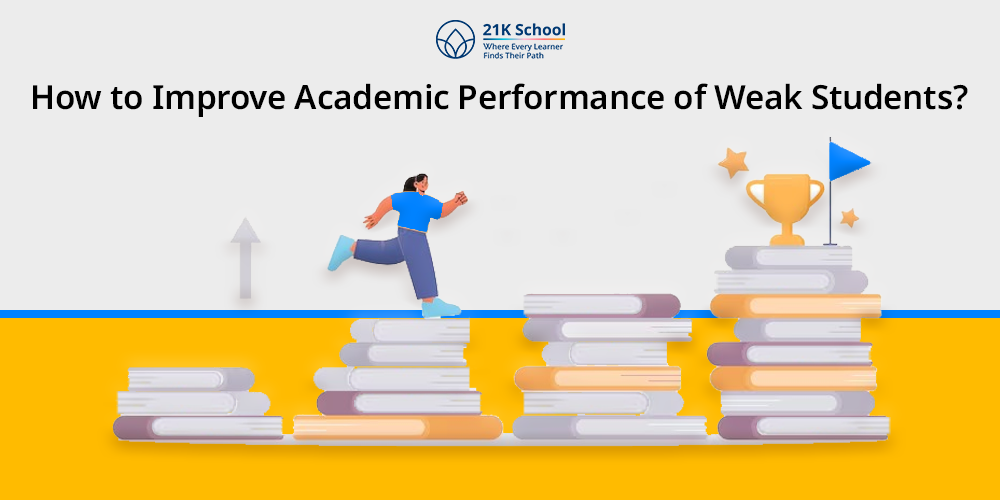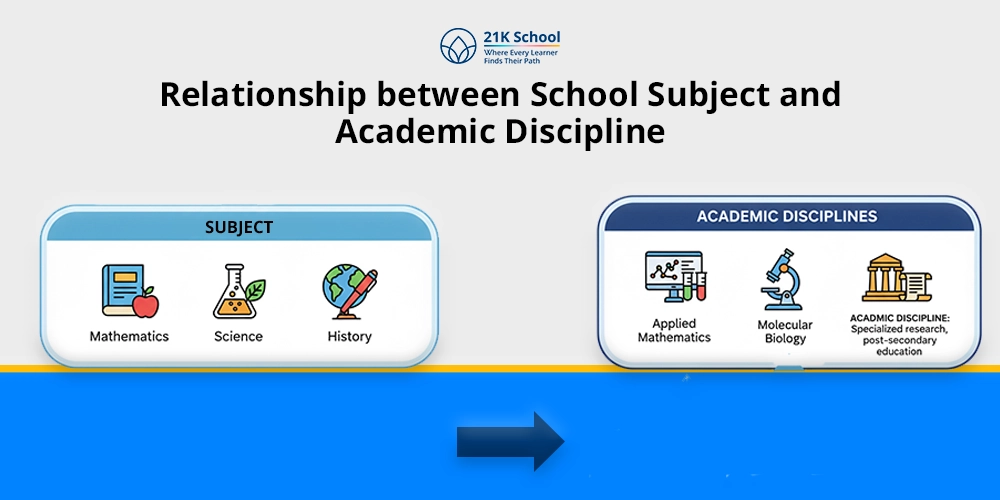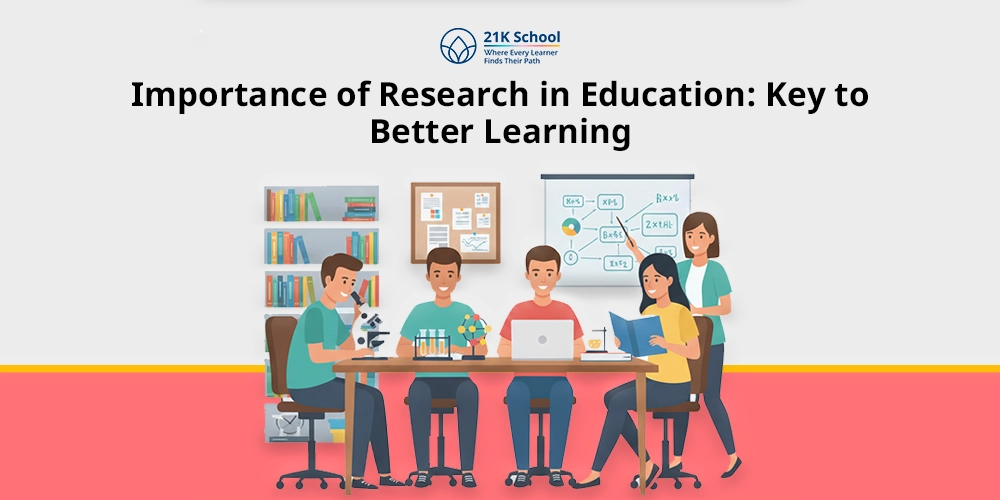
In the classroom, there are different kinds of learners, some are quickly understood in one go and others students take time to retain.
Learners who take extra time, support and need attention to learn effectively are known as weak students.
In school, academic performance plays a major role which reflects a part of students intelligence. However, some learners, like weak students, struggle to meet the targets and gain desired scores.
Further, in this blog we will explore the top 14 proven ways to improve academic performance of weak students in detail.
Contents
- 14 Proven Ways on How to Improve Academic Performance of Weak Students
- 1. Encourage Student Motivation
- 2. Recognise Student Efforts
- 3. Identify the Root Cause
- 4. Individualise Learning
- 5. Provide Extra Support
- 6. Foster a Positive Environment
- 7. Set Realistic Goals
- 8. Encourage Active Participation
- 9. Use Personalised Learning Approach
- 10. Promote Strong Study Habits
- 11. Provide Constructive Feedback
- 12. Communicate Regularly
- 13. Encourage Parental Involvement
- 14. Use Technology & Interactive Tools
- Conclusion
14 Proven Ways on How to Improve Academic Performance of Weak Students
In classroom learning , weak students need special attention which helps them to focus, fulfill academic needs, score desired marks and achieve success .
Given below are top 14 proven ways to improve academic performance of weak students one must know:
1. Encourage Student Motivation
Even if multiple failure motivations play a major role in students’ lives, especially weak learners need more encouragement.
Teachers and parents should motivate students for their hard work and participation. This helps them to try again and again until they succeed.
Appreciate them by giving small rewards each time they work hard to keep the learning environment positive.
2. Recognise Student Efforts
Most of the time as parents and facilitators only appreciate students in their best results. However, recognition for effort is also essential.
Even if results are not perfect or equal to desired outcome, help learners to give extra efforts the next time.
Recognition can be powerful and simple like “Good Work and Keep Going” which adds value to students’ minds.
3. Identify the Root Cause
Working on solutions or implementing different strategies is not an ideal way to improve academic performance of weak students.
Not always students are the same and need a common technique to achieve better. Parents and teachers need to identify the root cause before implementing any strategy.
Identification can be done at home or school by exploring and observing their daily tasks. If he/she is a slow learner one can implement an effective remedial teaching action plan for slow learners .
4. Individualise Learning
As each weak student is different they need an individualised learning approach instead of a one-size-fits-all teaching technique.
By dividing content or information, storytelling methods, simplifying concepts and use of technology, kids can increase their memory power.
5. Provide Extra Support
At home and in the classroom while learning weak students always need more time and guidance from the facilitator to learn without limitation.
With the help of monitoring programs, special classes and tutorials can be an ideal way of smart learning.
Parents at home help kids to revise and ask them about difficulties and provide solutions to support.
6. Foster a Positive Environment
Supporting by providing tools and resources is not enough. Weak students also need an ideal environment without any judgement, negativity or wrong behavior.
Feeling safe, supported and encouraged by teachers, facilitators and peers ensure good academic performance in upcoming exams.
One should avoid criticism and look for a positive learning environment for future growth.
7. Set Realistic Goals
Weak students are sometimes stressed out due to intense study routine and pressure from parents and teachers.
However, one needs to understand weak students’ learning capacity and speed and reconstruct the study time table according to their requirements.
This will help them to complete daily goals and feel confident. With time they can increase their capacity and speed to achieve their goals.
8. Encourage Active Participation
A lot of weak students are shy or hesitate to participate in group study, educational activities , or various games.
Participation in various activities for example, classroom quiz competition, debate or discussion help the learners to participate and overcome fear.
9. Use Personalised Learning Approach
The way of learning is different for every student. That’s why the use of a personalised learning approach can be beneficial especially for weak learners.
It customises the learning experience of weak students to improve their style and speed accordingly.
For example fun learning activities , flashcards, storytelling, and visual representation are some effective ways for weak students.
10. Promote Strong Study Habits
Strong study habits in students is an effective and proven way to increase academic performance.
However, parents and teachers need to support or work as a backbone to make good learning habits.
Strong study habits can be improved by regular practice, tests, self-assessment and avoid distractions while learning.
11. Provide Constructive Feedback
Highlighting the strengths and weaknesses of student parents and teachers should give constructive feedback to ensure better performance.
Giving constructive feedback by indepth analysis helps in improving students’ performance.
Also, provide feedback without judgement and guide how to improve.
12. Communicate Regularly
Communication is a key solution to most of the problems of weak students.
Parents and teachers should make strong bonds and encourage open communication to understand weak students’ difficulties.
This will not only help learners to understand the progress and challenges but also improve communication skills .
13. Encourage Parental Involvement
Parental involvement to encourage weak students for academic achievement.
They can help them by providing stress free and quiet environment study materials, regular monitoring and guiding on mistakes.
Learners feel motivated and parents encourage and celebrate even a small win or efforts of kids.
14. Use Technology & Interactive Tools
Digital literacy is an important part of 21st century skills where learners explore and understand the use of technology in education .
For weak students, it works as a game changer. They can avail the facilities such as educational apps, videos, online quizzes, and gamified platforms.
These tools and techniques are an ideal and proven way for continuous learning and academic improvement.
Conclusion
Every parent, teacher and students look for academic growth and success. Helping weak students by using effective methods and remedies unlock their potential.
It not only helps in the present academic score but also guides them for future or higher studies.
Above mention 14 proven ways to improve academic performance of weak students encourage students to guide parents and teach facilitators how to create a supportive ecosystem.
Remember, each learner is different and with the right teaching methods
support motivation and consistent efforts can make a difference.


